

James Wong
Chinese newcomers score top safety marks
2 Days Ago
The Land Rover Defender range has gained a longer version with a more comfortable third row, called the 130, which can seat up to eight people.

News Editor
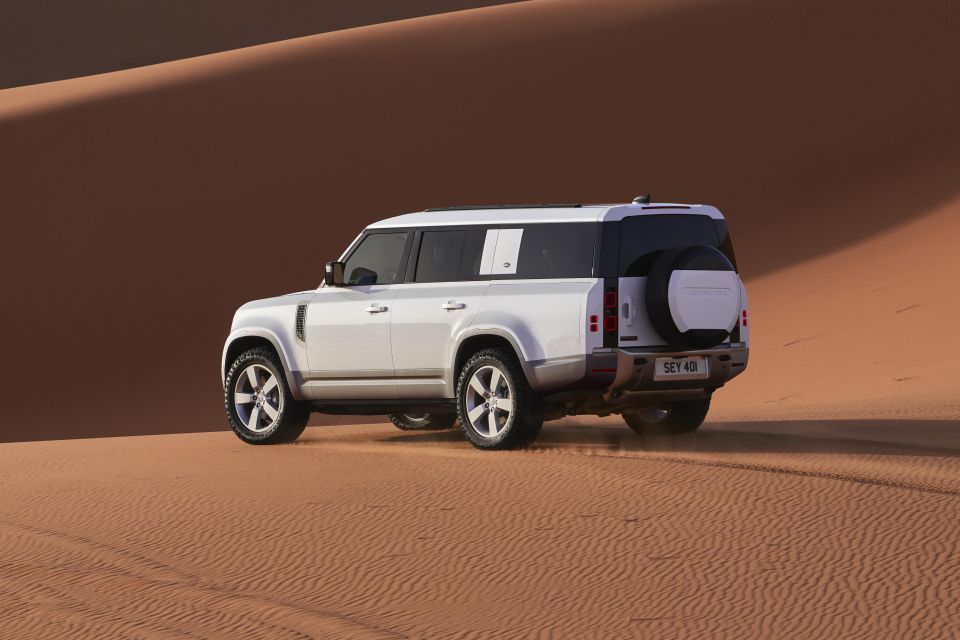

News Editor
The extended-length Land Rover Defender 130 has been revealed, offering up to eight seats.
Local launch timing and specifications have yet to be announce; stay tuned to CarExpert on June 1 for more details.
The extra length in the 130 is all in the overhang, as the eight-seat Defender rides an identical 3022mm wheelbase to the Defender 110.
It’s 340mm longer overall at 5358mm long. That makes it up to 378mm longer than a Toyota LandCruiser 300 Series, 154mm longer than a Jeep Grand Cherokee L, and 115mm longer than a Mercedes-Benz GLS.
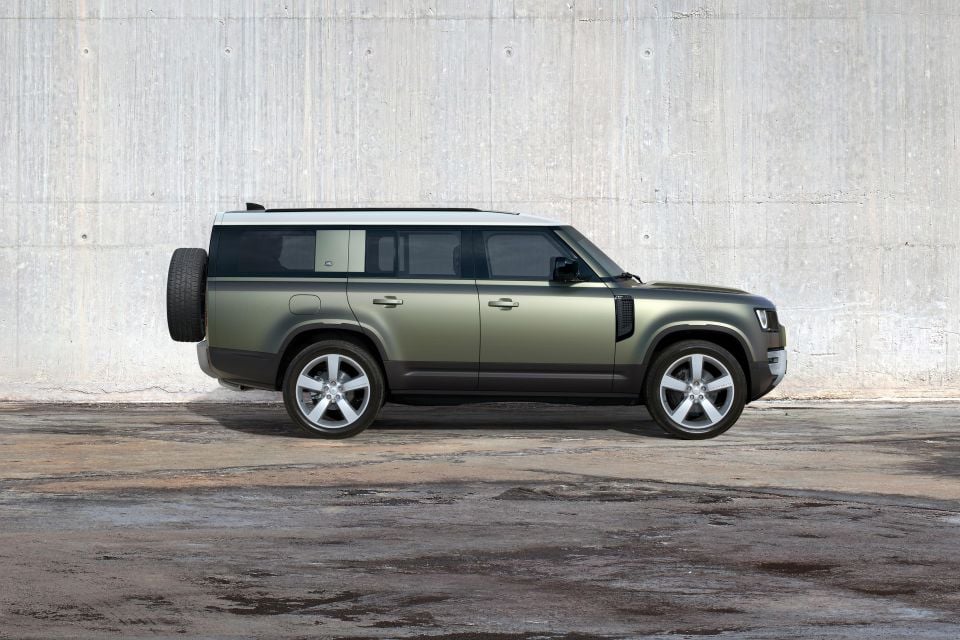
Land Rover says there’s comfortable seating for three adults in the third row. The 110 offers a third row of seating, but there are only two seats and they’re best suited for children.
Third-row occupants also enjoy air vents, padded armrests, storage, USB-C outlets and available heated seats, as well as a sunroof above them.
Occupants in the first two rows have a panoramic sunroof above them, while rows two and three enjoy a small “stadium rise” to improve their visibility.
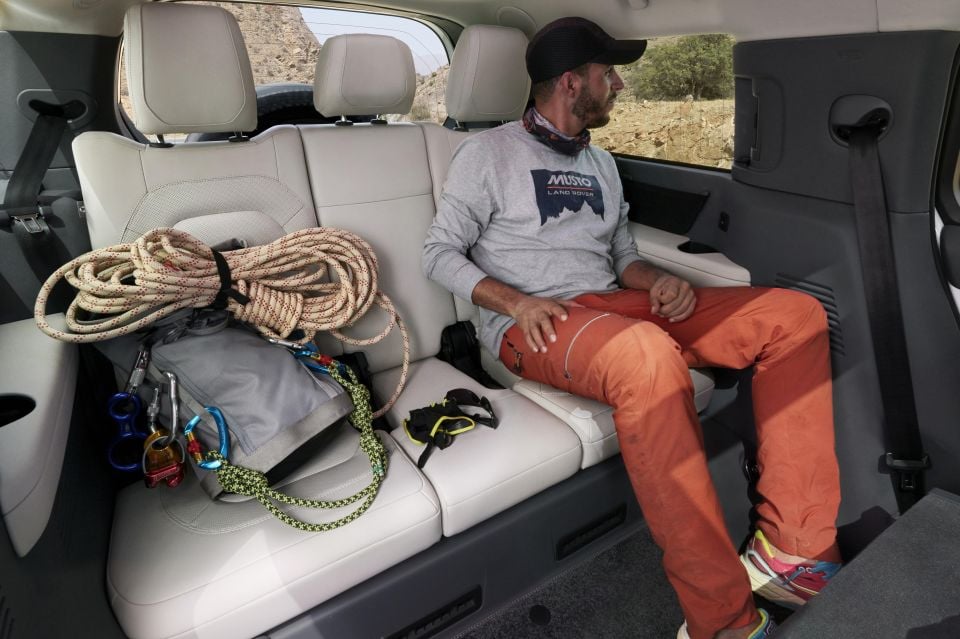
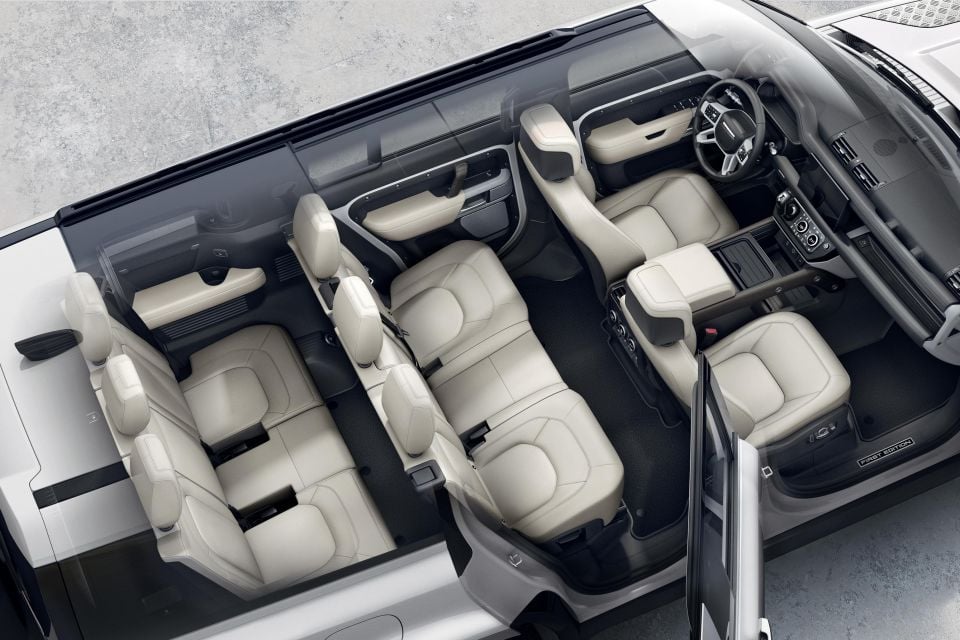
ISOFIX child seat anchor points are situated on the front passenger seat and the outboard seats of the second and third rows.
Four-zone climate control is exclusive to the Defender 130. There’s 389L of boot space with all three rows in place, up 100L over the 110.
Land Rover will offer the Defender 130, at least in some markets, with a choice of five or eight seats. Luggage capacity differs between the two: eight-seat models have 1232L with the third row folded, while five-seat models have 1329L with all seats up.
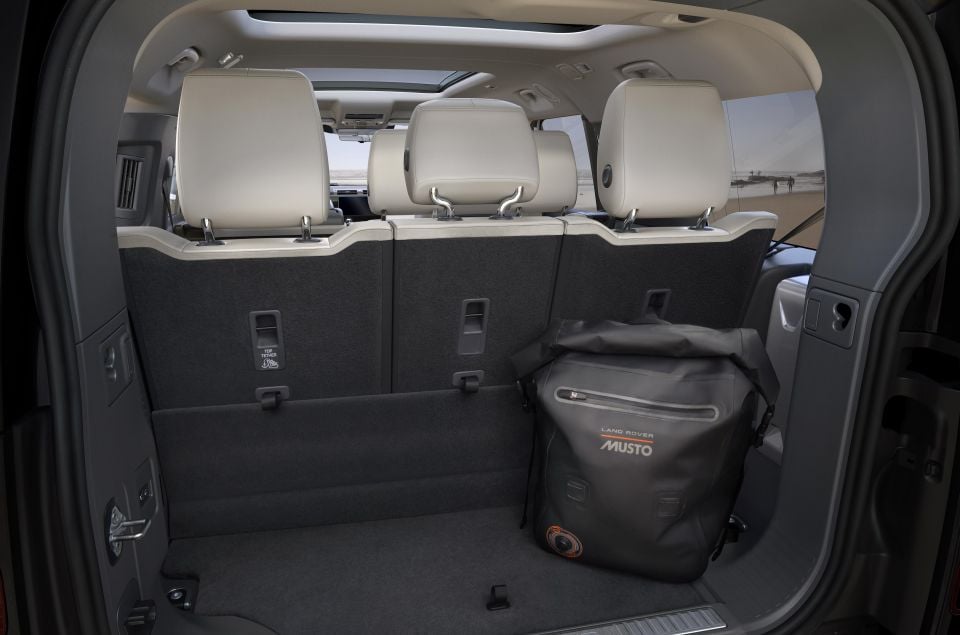
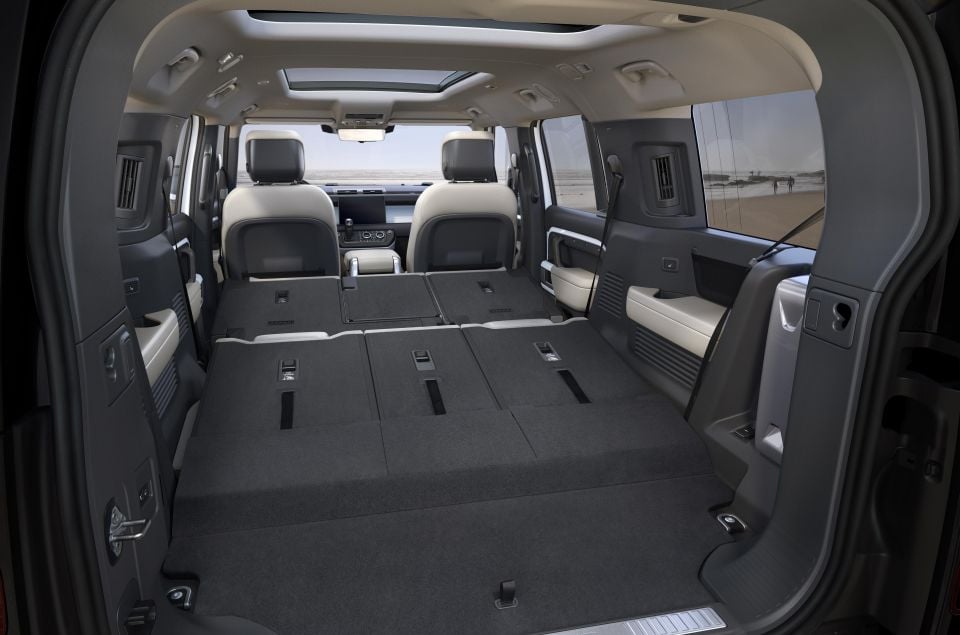
This expands to 2291L and 2516L, respectively.
Moving to the front of the cabin, the Defender 130 uses the 11.4-inch Pivi Pro infotainment system found on Defender 90 and 110 models.
There’s a new Natural Light Oak engineered wood veneer finish, while Land Rover is debuting its new Cabin Air Purification Plus with the 130.
This features nanoe X allergen reduction and pathogen removal technology, and you can use your smartphone to activate the Purge function prior to entering the car.
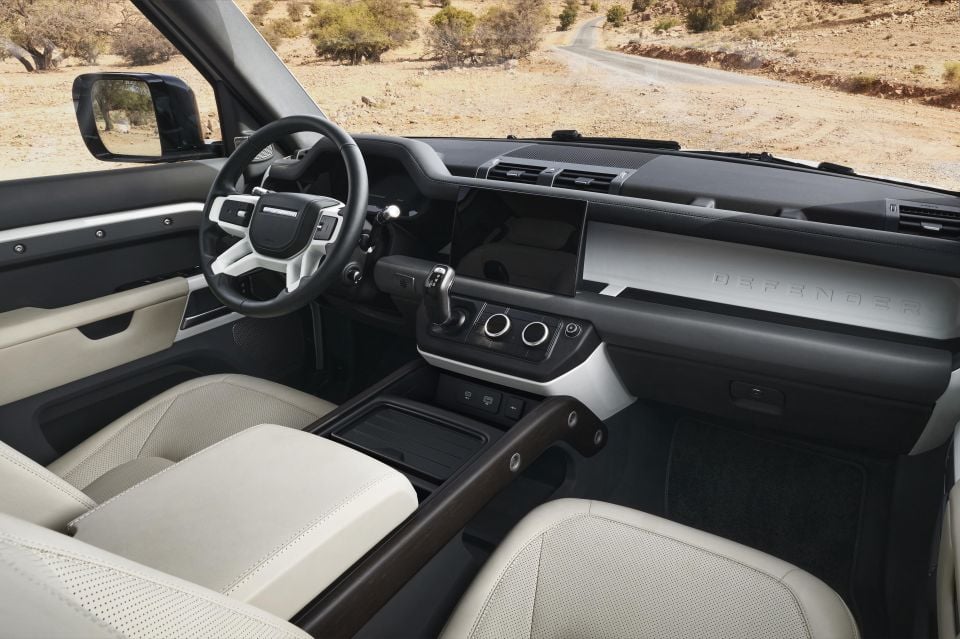
A range of Ingenium 48V mild-hybrid inline-six turbocharged petrol and diesel engines will be available, depending on the market.
There are 221kW/470Nm and 294kW/550Nm P300 and P400 petrol engines, plus 184kW/600Nm and 221kW/650Nm D250 and D300 diesels.
0-100km/h times are 8.0 seconds and 6.6 seconds, respectively, for the petrol engines, while the diesels do the dash in 8.9 and 7.5 seconds.
As with the 90 and 110, an eight-speed ZF-sourced automatic transmission and all-wheel drive are standard.
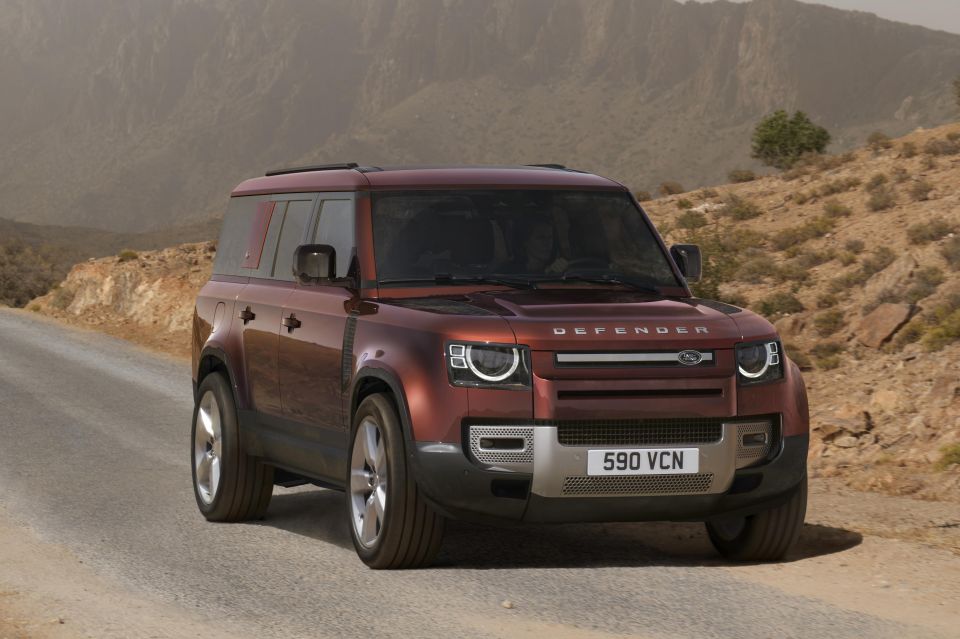
Standard air suspension allows for an extra 71.5mm of lift at the front and 73.5mm at the rear, and the 130 can ford up to 900mm of water.
Towing capacity is up to 3000kg.
The 1491mm-long overhang has affected the Defender 130’s departure angle. This is 28.5 degrees in the air suspension’s off-road height, compared with 40 degrees in a similarly configured 110.
Approach and rampover angles remain at 37.5 degrees and 27.8 degrees.
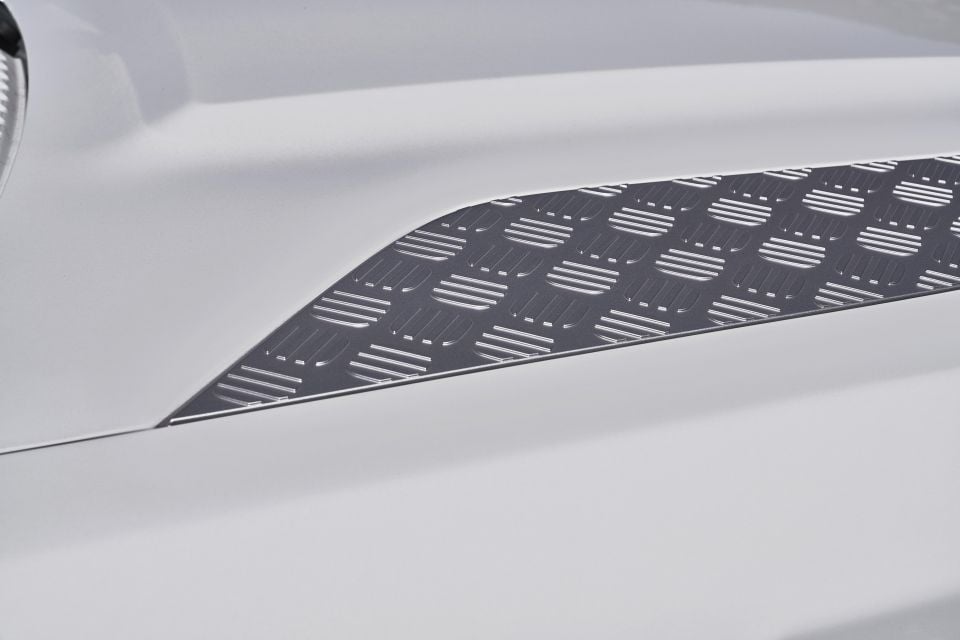
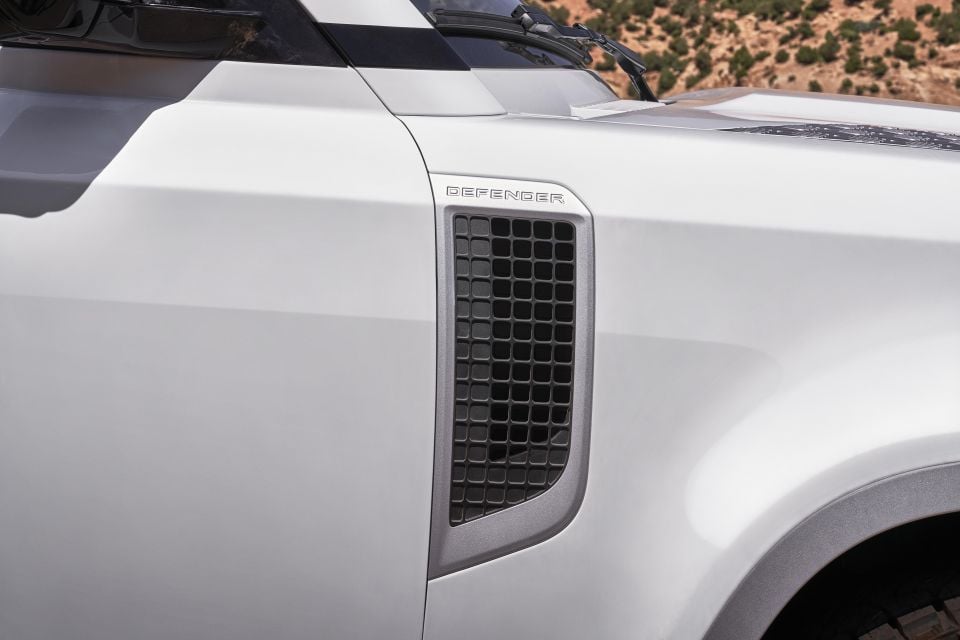
In addition to the longer rear overhang, the 130 can be distinguished by a unique Sedona Red exterior colour and an Extended Bright Pack that features Ceres Silver Satin-finished lower body cladding and Noble Chrome skid plates.
With the new Range Rover Sport losing its third-row option, Land Rover buyers with larger families now have a choice between the Defender and Discovery in this part of the market.
The Defender has proven popular in Australia. Land Rover has sold 533 to the end of April, while it’s sold only 69 examples of its Discovery.
The Defender’s tally puts it above the likes of the Audi Q7 (401), and the 130 could juice Defender sales further.
Click an image to view the full gallery.

Where expert car reviews meet expert car buying – CarExpert gives you trusted advice, personalised service and real savings on your next new car.
William Stopford is an automotive journalist with a passion for mainstream cars, automotive history and overseas auto markets.


James Wong
2 Days Ago
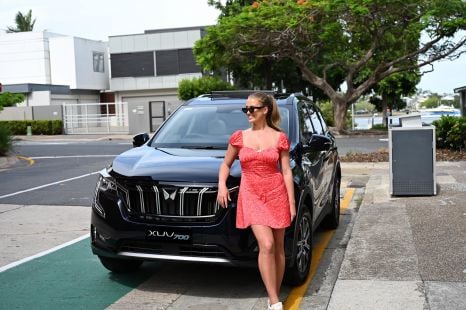

CarExpert.com.au
10 Days Ago


Max Davies
10 Days Ago


William Stopford
12 Days Ago
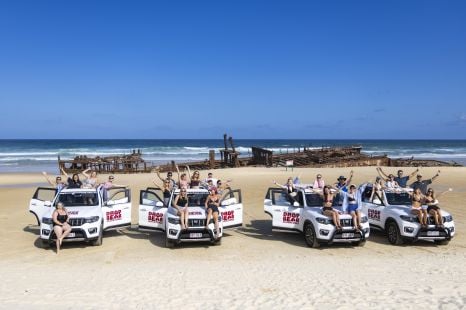

CarExpert.com.au
16 Days Ago
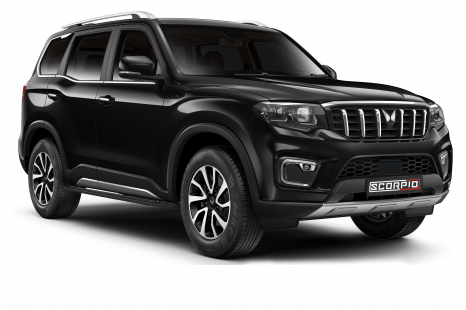

William Stopford
17 Days Ago